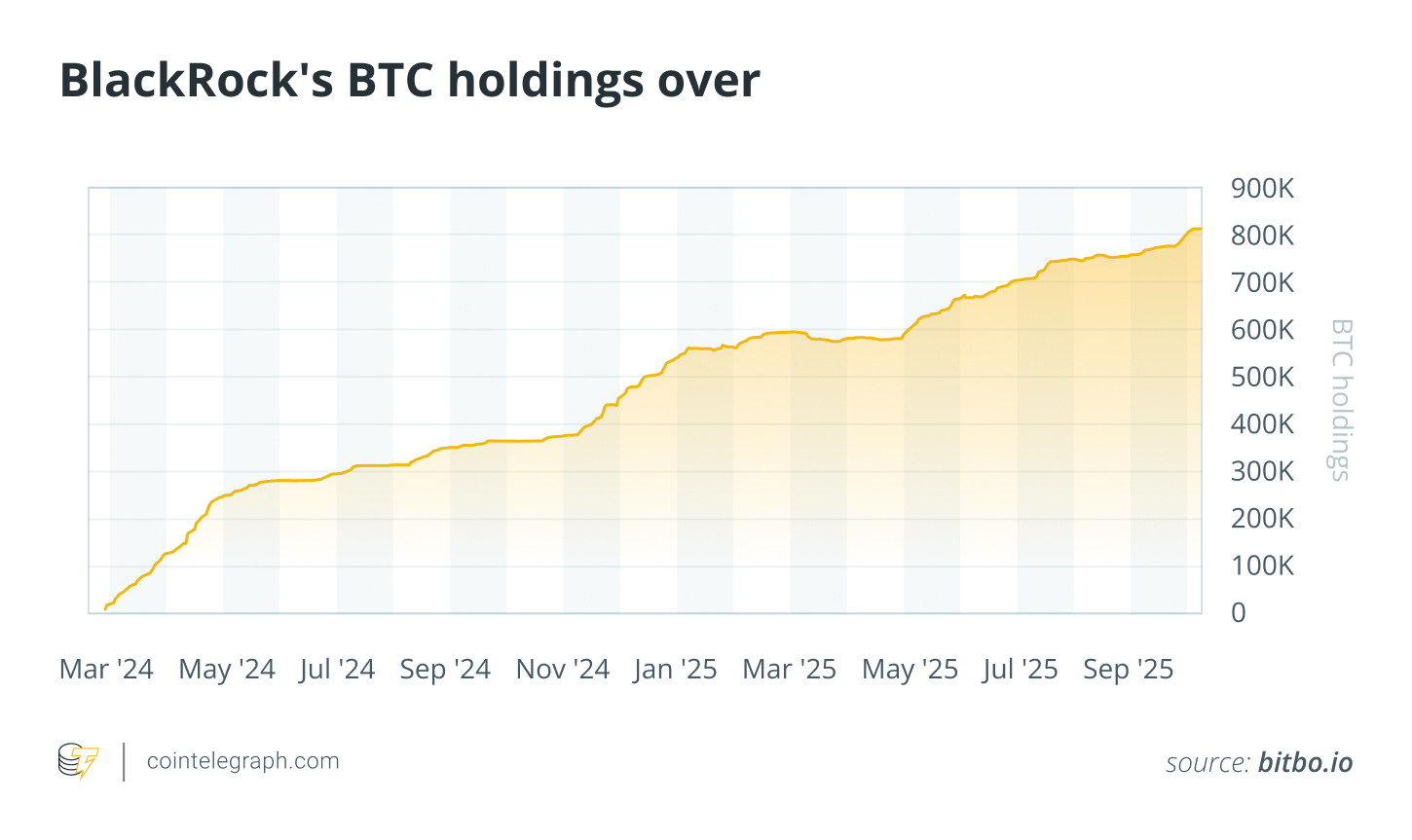
The Whale Tale: Myth vs. Reality in the Bitcoin Market
The crypto world loves its narratives. One of the most persistent is the idea that massive Bitcoin holders – the so-called “whales” – single-handedly dictate market direction. While the influence of large players is undeniable, the reality is far more nuanced. This deep dive explores the complexities of whale behavior, the changing market dynamics since the advent of spot Bitcoin ETFs, and the factors that genuinely move the needle for Bitcoin‘s daily price action.

Defining the Whale: More Than Just a Large Wallet
In the crypto lexicon, a whale typically refers to an entity holding at least 1,000 BTC. However, simply tracking the largest wallets can be misleading. A more sophisticated approach involves analyzing entity-level data, which groups addresses controlled by the same owner, offering a clearer picture. Furthermore, the role of institutional players, such as BlackRock’s iShares Bitcoin Trust (IBIT), which holds hundreds of thousands of BTC on behalf of thousands of investors, complicates this narrative. These ETFs now hold a significant portion of the total Bitcoin supply, changing the landscape of market influence.
ETF Flows: The New Market Movers?
Since the introduction of US spot ETFs in 2024, the correlation between ETF inflows and Bitcoin‘s price movement has become increasingly evident. Strong inflows often coincide with price increases, while outflows tend to signal downward pressure. This shift highlights the growing importance of institutional capital in the Bitcoin market. As these ETFs accumulate and distribute Bitcoin, their daily trading volumes have become a primary driver of price discovery.
Beyond the Whale: What Else Matters?
- Exchange Liquidity: The amount of Bitcoin available on centralized exchanges significantly impacts price volatility. Lower exchange balances mean that large orders have a more pronounced effect.
- Derivatives Positioning: Funding rates and open interest in the futures market provide valuable insights into market sentiment and potential price movements.
- Macroeconomic Factors: The strength of the US dollar, movements in US Treasury yields, and overall risk appetite in traditional markets continue to exert influence on Bitcoin‘s price.
Whales and the Art of Quiet Trading
While whales can certainly move prices, particularly in periods of low liquidity, their strategies have evolved. Large holders often use over-the-counter (OTC) desks or split their orders to minimize the impact on the open market and avoid revealing their intentions. This means that a significant portion of whale activity happens off-exchange, reducing the visible impact on price swings. Furthermore, historical data suggests that whales often sell into strength, tempering rallies rather than initiating them.
The Bottom Line
The narrative surrounding Bitcoin whales is undeniable, but it is too simplistic. While whales remain important market participants, their influence is just one piece of the puzzle. Spot ETF flows, exchange liquidity, derivatives positioning, and macroeconomic trends are now equally, if not more, important in determining Bitcoin‘s daily price action.
To truly understand the Bitcoin market, investors need to look beyond the headlines and whale alerts. A comprehensive approach, incorporating data from ETFs, exchange balances, derivatives markets, and macro indicators, is essential for making informed trading decisions.


